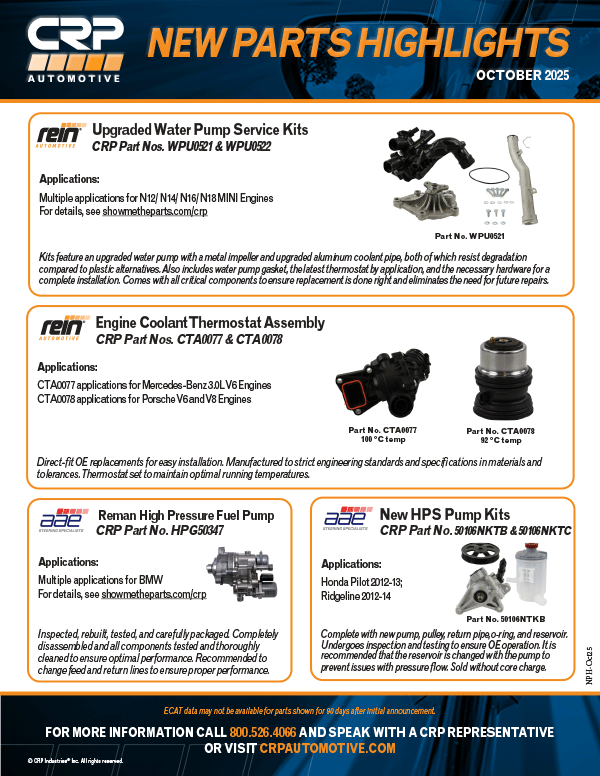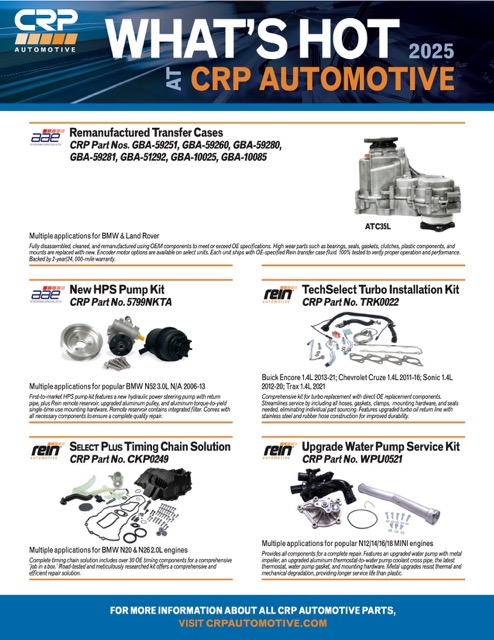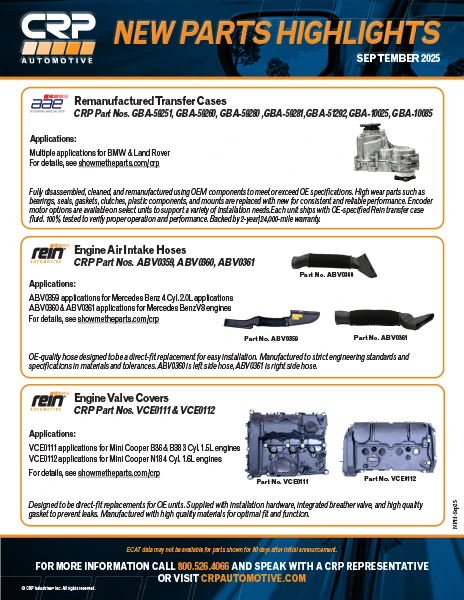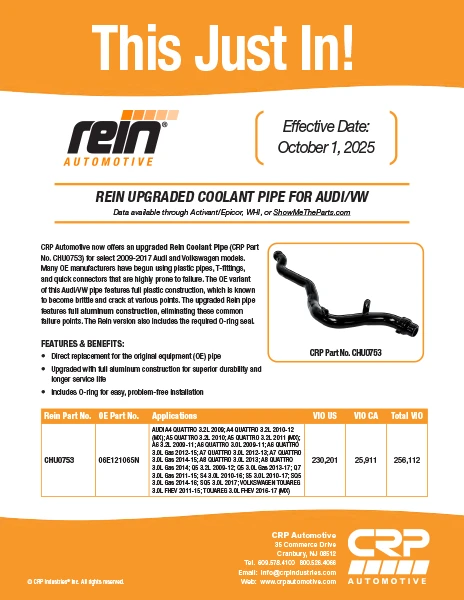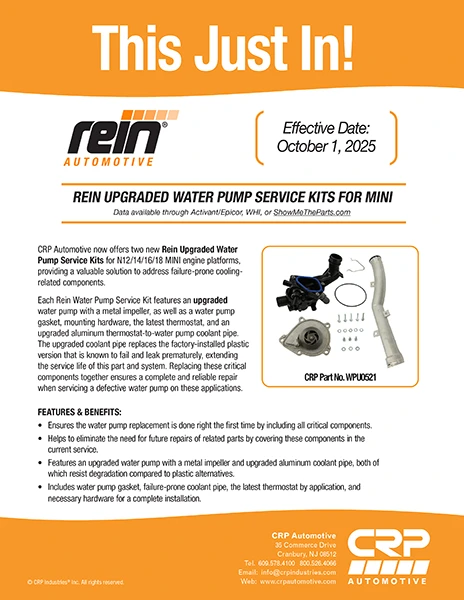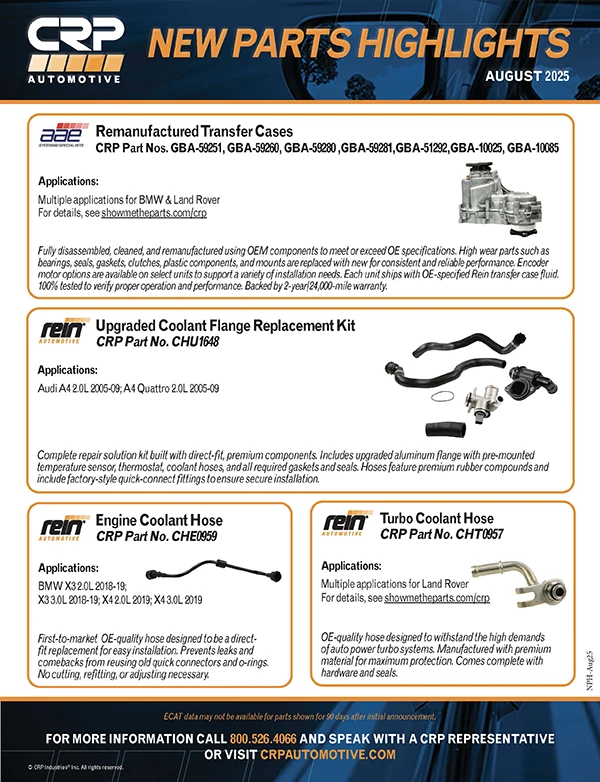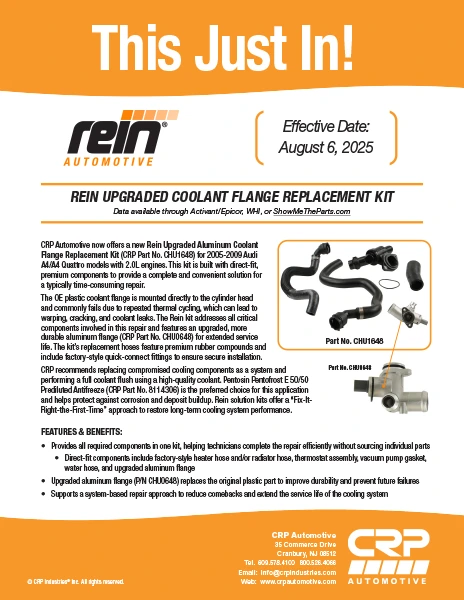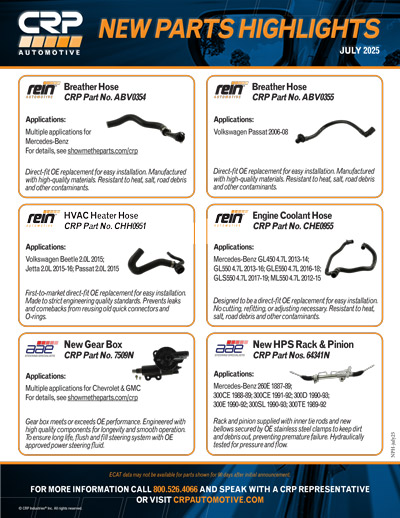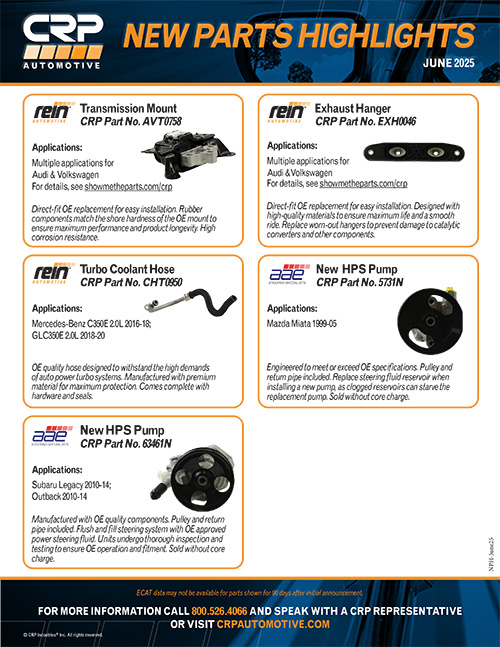So how long should a customer really wait between brake fluid changes?
Brake fluid is hygroscopic, meaning it absorbs water, which lowers its boiling point over time. If the boiling point gets too low the fluid can boil upon repeated application of the brakes, which will create vapor pockets and lead to a very low functioning brake system.
Modern ABS Technology puts high demand on brake fluids. Many vehicles are equipped with Stability Control Systems that actuate the brakes when needed. These systems feature very small passages and sensitive materials. Brake fluid needs to flow fast and freely to keep these systems working properly and keep the car safe.
The absorption of water, which can enter the system at connecting points, through hose permeation, or excessive humidity, can also cause component corrosion. Brake calipers can corrode and seize, and hard brake lines can even corrode from the inside out.
Many of these issues can be avoided with a regular flush and fill every two years. In more demanding situations such as frequent mountain driving or in warm climates, inhibitors will break down faster, so yearly flushes may be needed.
We’ve designed our Pentosin brake fluids to help combat these issues. The Super DOT 4 has high dry and wet boiling points to prevent vapor lock. And our DOT 4 LV is superior for cold weather performance and modern ABS and stability control systems. It’s even required by the manufacturer for select late model applications.
For more information visit www.CRPAutomotive.com or www.showmetheparts.com/crp


